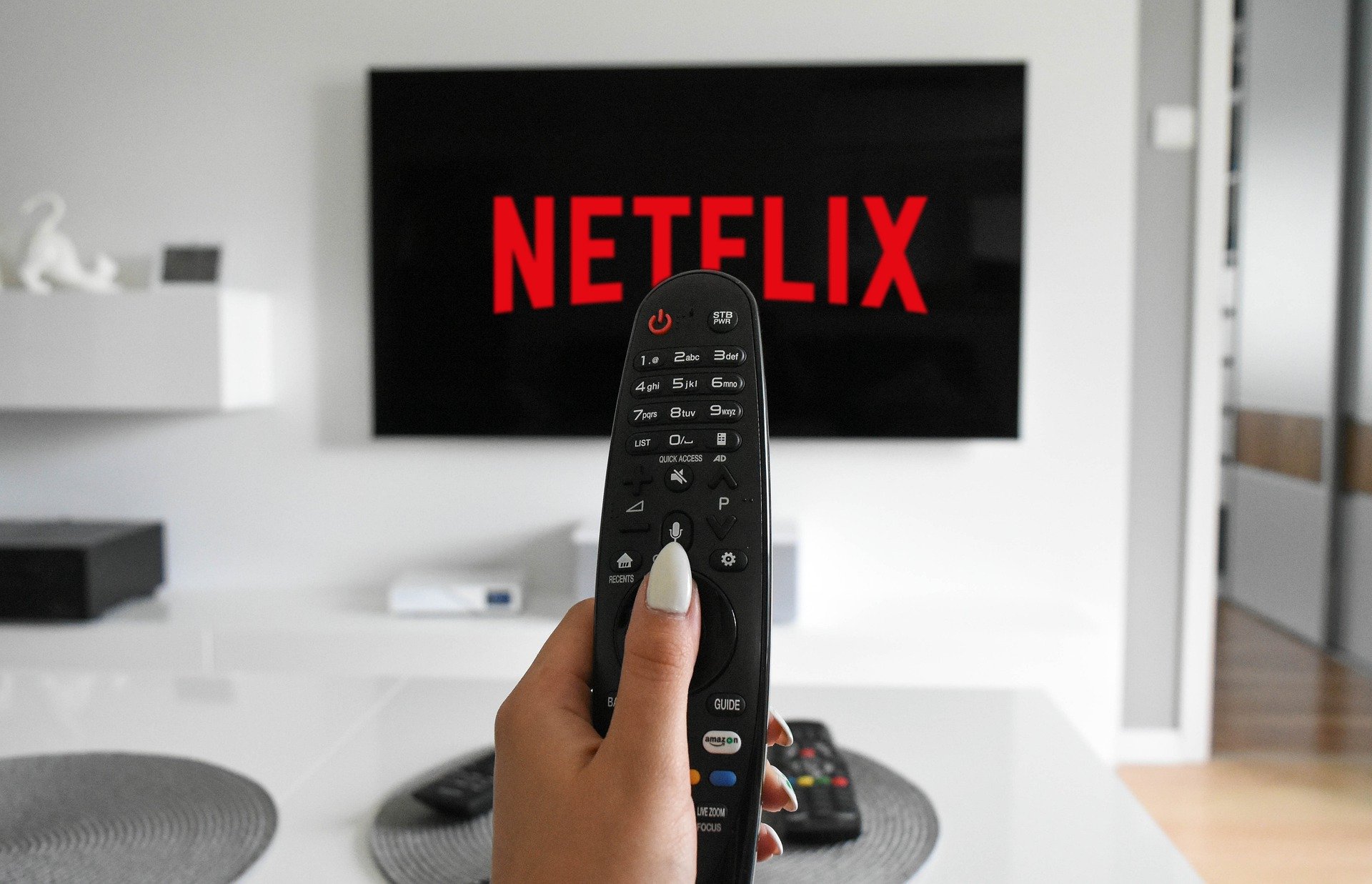How to protect store layout -Visual Merchandising with Intellectual Property law?
Visual Merchandising (VM) represents all store layout techniques. It is the art of implementing the identity dimension through scenarization of points of sale.
The term Visual Merchandising is born in the United States in the 1950s with the rise of art in business. Andy Warhol made the first storefronts in New York. After the years of the Depression, it was necessary to boost the economy with eye-catching storefronts.
The industry is branded, every brand is unique and represents your business in the market.
It is the art of implementing the identity dimension of a store through a scenarization of spaces. It is a true creation of the company which displays its own identity in its store.
Visual merchandising makes it possible to reconcile commercial efficiency, aesthetics and enhancement of the image of the brand in order to attract customers and retain them. There are different channels to seek legal protection of your investments in visual merchandising.
How to protect store layout -Visual Merchandising with copyright law?
Interior design is likely to be protected by copyright, provided that the criteria of form and originality are met! In the “Ladurée” case, the Paris Court of Appeal acknowledged the originality of the layout: “The elements and spaces created bore the imprint of the author’s personality and in the choice of style, colors and decoration the personality of the author was reflected”.
How to protect store layout -Visual Merchandising with trademark law?
To be protected, a trademark must be distinctive, lawful and available. Thus, the company Apple Inc was able to obtain the registration of its sales spaces as a three-dimensional trademark.
How to protect store layout -Visual Merchandising with unfair competition and free-riding ?
The main act of unfair competition potentially occurring in visual merchandising is confusion / imitation: causing, in the mind of the customer, an assimilation or a similarity between two companies or between their products and services.
In the Zadig Voltaire v. Bérénice case, the company Zadig France based its claim to protect the fittings of its stores on unfair competition.
Parasitism refers to “the set of behaviors by which an economic agent interferes in the wake of another in order to profit, without investing anything, whether its efforts or its know-how”.
What precautions should you take to protect your IP rights?
To protect your IP rights, it is paramount to take several precautions:
* Ensure that confidentiality clauses are included in your contracts;
* Provide for nondisclosure agreements;
* Be vigilant on the terms of transfer of rights between the creator and the company.
For example, the Court of appeal of Paris considered in the Petit Bateau case that the publication by an employee of photographs revealing the new collection of a clothing brand, even on a private Facebook account, constitutes a serious fault justifying the dismissal.
The Court ruled that the employee at the origin of the publication had committed the serious fault of having communicated to third parties confidential information, while its employment contract expressly provided for an obligation of non-disclosure.
In order to protect your Visual merchandising, it is necessary to establish a protection strategy in the real world and in the digital world.
Why bet on the trademark?
This way you obtain a monopoly, which can be renewable indefinitely and which will constitute the pillar in your marketing and sales strategy.
It is important to register the trademark from the genesis of the project. To that end, it will be necessary to determine a limited but suitable territory. Likewise, it is important to think globally and digitally, and to envision the protection of domain names when registering your trademark.
The domain name is an important asset!
Today, intellectual property of which domain names are a part is identified by insurers as one of the top three risks facing businesses.
Domain names in particular serve as vectors for ever more sophisticated and varied frauds. Managing your brand on the internet is not just about filing and renewing, but also building a strategy.
It is important not only to invest in a protection and preventive defense strategy but also to set up appropriate watch services for your brand.
Finally, you must be particularly vigilant about the use that is made of your brand on the Internet by avoiding “bad buzz” that is harmful to your reputation.
As a creation, Visual merchandising is a real intellectual and economic investment that is essential to protect.
Dreyfus & associés
In order to offer our clients a unique expertise, necessary for the exploitation of intangible assets, we keep you informed about intellectual property and digital economy issues through articles written by Dreyfus’ legal team.




 While one generally refers to the “three criteria” of the UDRP (a trademark similar to the domain name; the absence of rights or legitimate interests of the defendant in the disputed domain name; and the bad faith of the registrant), it should be kept in mind that bad faith in UDRP matters has two aspects: the first is bad faith registration and the second is bad faith usage. Therefore, proving only one of these elements is insufficient even though it may be considered “fair” that a name used in bad faith should be transferred to the applicant.
While one generally refers to the “three criteria” of the UDRP (a trademark similar to the domain name; the absence of rights or legitimate interests of the defendant in the disputed domain name; and the bad faith of the registrant), it should be kept in mind that bad faith in UDRP matters has two aspects: the first is bad faith registration and the second is bad faith usage. Therefore, proving only one of these elements is insufficient even though it may be considered “fair” that a name used in bad faith should be transferred to the applicant.

 Source: WIPO, Arbitration and Mediation Center, Nov. 24, 2020, case DRO2020-0007, NAOS c/ Bioderm Medical Center
Source: WIPO, Arbitration and Mediation Center, Nov. 24, 2020, case DRO2020-0007, NAOS c/ Bioderm Medical Center
 On November 20, 2020, the Court of Appeal of Paris, condemned
On November 20, 2020, the Court of Appeal of Paris, condemned 
 Since the advent of the General Data Protection Regulations (GDPR), it has become really difficult to obtain information about the registrant of a domain name. This obviously complicates the dialogue between trademark and domain name holders.
Since the advent of the General Data Protection Regulations (GDPR), it has become really difficult to obtain information about the registrant of a domain name. This obviously complicates the dialogue between trademark and domain name holders.
 Webinar September 10, 2020 :
Webinar September 10, 2020 :

 On April 1, 2020, a new trademark invalidity procedure came into force with
On April 1, 2020, a new trademark invalidity procedure came into force with